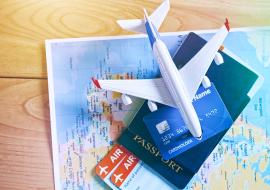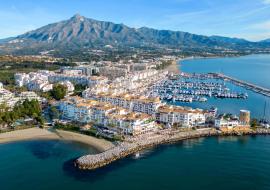Argentina Looks to Spanish Travel Industry as Role Model
Argentina’s leisure industry raked in $2 billion worth of revenues in 2003, a 7.7 percent slice of the nation’s Gross Domestic Product, and it’s now setting aim at making tourism the country’s second-largest economic powerhouse in a way similar to what Spain has accomplished.
Daniel Pablo Aguilera, undersecretary of Tourism Management and Policy, and Daniel Aime, chief of Promotion and Development, aired their views on this issue in a recent press conference with Spanish journalists in Buenos Aires.
Gains out of tourism in Argentina are now threefold bigger than beef exports and are up to par with oil revenues, two of the South American country’s traditional economic sectors.
As many as 18 million national and foreign tourists traveled around Argentina in 2003, up a hefty 18 percent from the year before. Among the inflow of international travelers, Spaniards took the lion’s share with 52 percent of the total.
Mr. Aguilera and Mr. Aime said they expect the nation’s travel industry to grab 12 percent of the GDP in the short run, a figure similar to Spain’s.
The tourism strategic plan devised by the Argentinean government is based on three key international factors: the top-priority markets, the strategic segments and the potential sectors.
High on the list are the top-five senders of tourists worldwide: the U.K., France, Germany, Spain and Italy.
Authorities in Buenos Aires consider Mexico and Canada, alongside countries from Northern and Eastern Europe, are the strategic markets.
However, experts believe Argentina won’t be able to turn tourism into the main engine of the national economy unless it manages to make traditional sectors –like agriculture and stock breeding- jump on the bandwagon.














